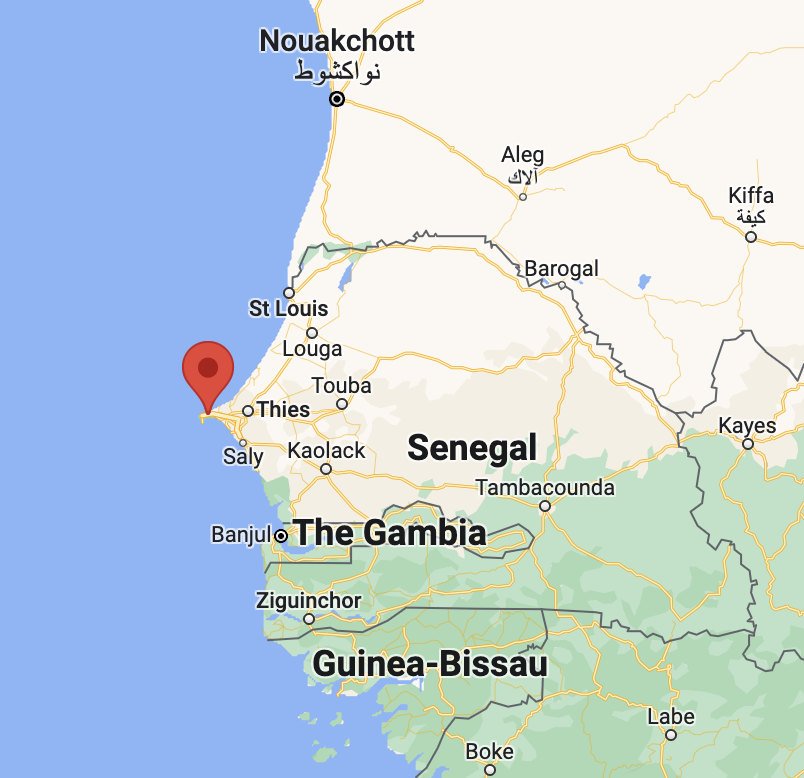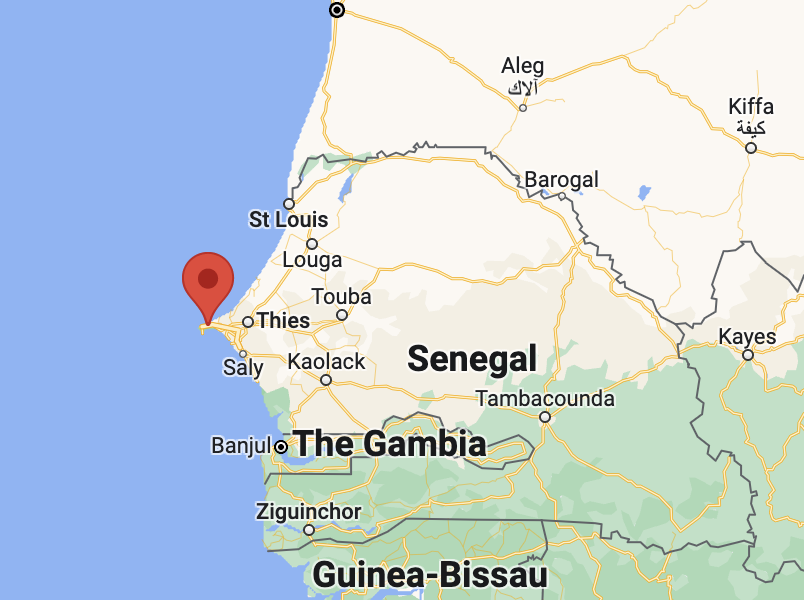The first case was confirmed on April 21 in a 35-year-old male patient. He was a butcher residing in Fadia city, Guédiawaye district, Dakar region.

The date of onset of symptoms was 10 April with fever and flu-like syndrome. Samples were collected on 20 April for suspected viral hemorrhagic fever after he developed a hemorrhagic syndrome and thrombocytopenia. He died on 22 April.
Crimean-Congo hemorrhagic fever is a widespread disease caused by a tick-borne virus (Nairovirus) of the Bunyaviridae family. The CCHF virus causes severe viral hemorrhagic fever outbreaks, with a case fatality rate of 10–40%. Animals become infected by the bite of infected ticks and the virus remains in their bloodstream for about one week after infection, allowing the tick-animal-tick cycle to continue when another tick bites. Although a number of tick genera are capable of becoming infected with CCHF virus, ticks of the genus Hyalomma are the principal vector.
The CCHF virus is transmitted to people either by tick bites or through contact with infected animal blood or tissues during and immediately after slaughter. The majority of cases have occurred in people involved in the livestock industry, such as agricultural workers, slaughterhouse workers and veterinarians. Human-to-human transmission is possible.
The virus is widespread in some countries of Africa and Asia, in the Balkans, the Middle East and in the south of the European part of Russia.
